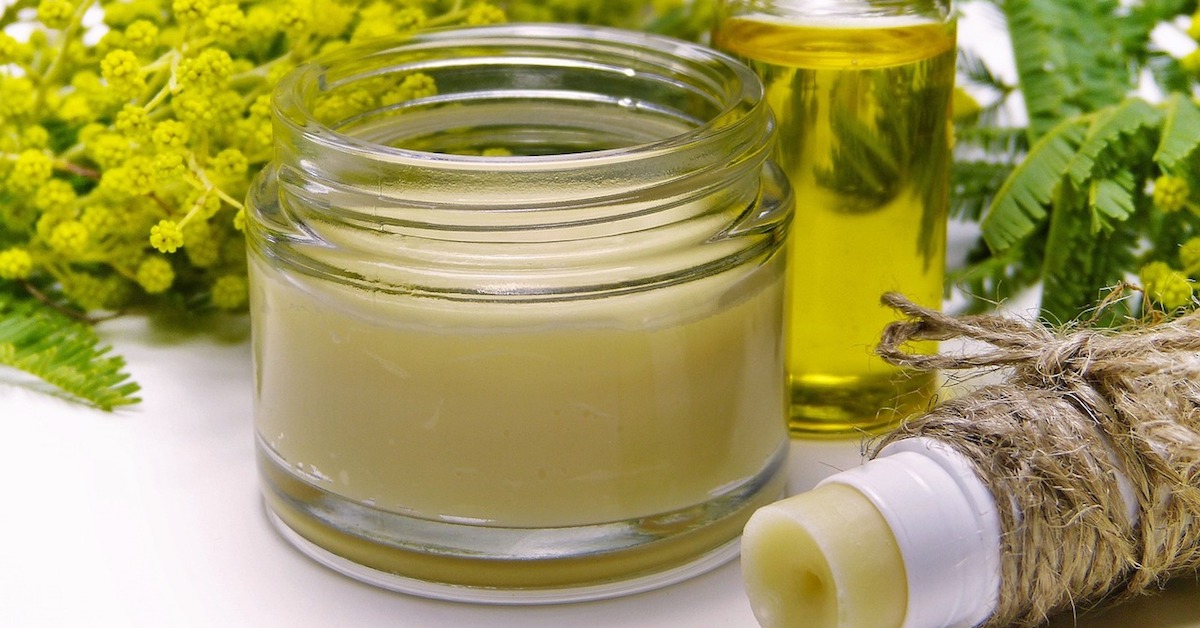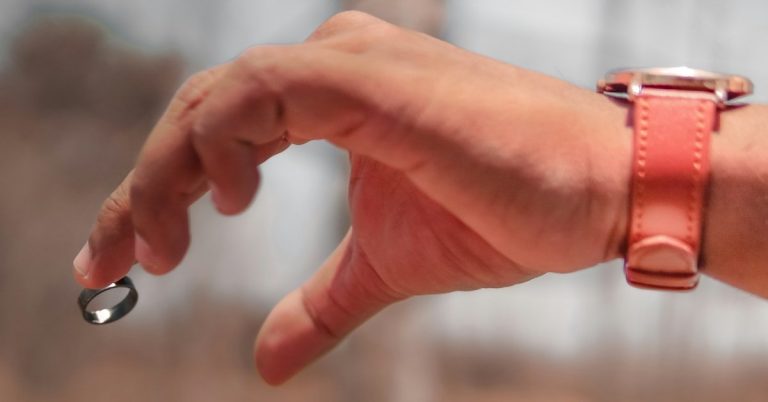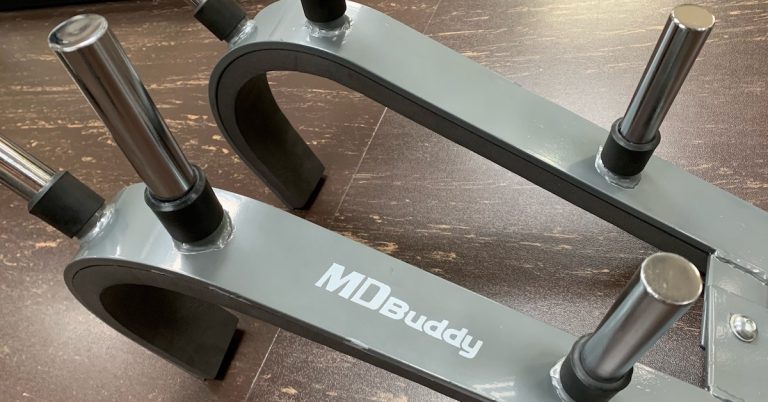P: Can you discuss your fruit hierarchy? A little while ago, you faxed me a flowchart that showed the end metabolic pathway of fructose. Although known for their high antioxidant and fiber content, why is it that fruit consumption tends to hamper fat loss? And can you explain why it’s important to eat fruits in season?
Dr. S: Don’t get me wrong, I don’t think fruits are bad. It’s the amount of fructose in the diet that we must be concerned about. Fructose, specifically high fructose corn syrup, is the #1 sweetener used. It’s a very metabolic and pro-oxidative pathway that is used and can result in glycosylation because you have to spend a lot of energy to change it to fat or glucose/glycogen so the body converts it instead to glycosylated proteins. Healthwise, this is not desirable. Fruits will make you fat not because they are bad for you, but primarily for the reason that people eat fruits that are “easy.” For instance, with grapes you just put a bunch in your mouth and don’t think twice about it, or with bananas, you peel one and keep walking and people have about 3 or 4 of them a day! Usually, people that eat fruit do not eat proteins with them, which is another mistake. Fruits are excellent post-workout because they are slowly metabolized, but just make sure to add protein. Also, I do not believe in juicers because they remove the pulp/fiber from the fruit.
Why is it important to eat fruits in season? Because God knows better! You should always eat fruits that are in season, and most fruits like strawberries, cherries, melons, and so on are in season during the summer. Apples are harvested in the fall, so that’s a good time to eat them. Don’t eat fruits that are not available. Bananas are not in season during the winter, yet guess what the most commonly consumed fruit is at that time? That’s right, bananas!
JP: Can you reveal your new food pyramid? I’ve heard you discuss the inherent problems with the original model, and although the new proposed pyramid is a step in the right direction, it’s still off. Please explain.
Dr. S: Water should be at the base of the pyramid because you can die after 3 days without it. Tell me which nutrient is more essential than that? Next would be proteins, preferably organic. Then comes vegetables, everything but white potatoes (sweet potatoes are fine), and corn (which is actually a grain). The next level involves fruits and nuts together. I consider these the same in value. Cheese follows since most are not fermented. After this comes carbohydrates, the best sources are rice and oatmeal. My food pyramid would include a disclaimer that reads: “Carbohydrates are activity-dependent.” If you’re a couch potato, then you should not consume any carbohydrates – no grains or anything – and fruit only occasionally. However, if you’re active, then by all means consume those carbs.
JP: I know that you’re a fan of fish oil and olive oil. Can you discuss the importance of these unsaturated fats? What makes your Alpha Omega M3 better than other EFA supplements?
Dr. S: As I discussed earlier with regards to olive oil, higher monounsaturated fat intake increases testosterone levels while decreasing cortisol. Fish oil can decrease the size and number of fat cells. The reason why my Alpha Omega M3 is one of the best EFA supplements on the market is because it’s the only one with just a little bit of ALA yet contains high dosages of olive oil, fish oil, CLA, and GLA in specific ratios. Another good one is MD+ EFA+, but it’s missing the olive oil (monounsaturated fat) which I feel is important.
JP: With all this talk about mercury toxicity, is it even safe to eat fish these days?
Dr. S: I had a guy who was eating 3 cans of tuna a day. He upped it to 5 and his mercury levels shot from 5.2 to 47.4 – that’s toxic! So you have to be careful with some fish, especially tuna, shark, and dolphin. Salmon, herring, and crab are okay.
JP: You’ve brought to light that the enzyme responsible to break down ALA into the active constituents DHA and EPA is somewhat deficient over the age of 35. Does that mean that it is relatively worthless to take flaxseed oil over that age? And if below 35, how much flaxseed oil should you take?
Dr. S: Flaxseed oil is very high in polyunsaturated fats. These fats are unstable in the body because they can be easily oxidized. The enzyme responsible for breaking down ALA into DHA and EPA is lower (not deficient) after the age of 35. I just found out in a study conducted on breastfeeding women that taking as little as 3 teaspoons of flaxseed oil removed all the EPA and DHA from the breast milk. Yet, when they changed to fish oil, EPA and DHA were present in the breast milk. That tells you something. The conversion rate is only 15% from ALA to EPA/DHA so it’s better to take fish oil. The conversion is effected by caffeine (people taking thermogenics have even lower activity of the enzyme), high insulin levels (from excessive carbohydrates), alcohol is the biggest factor, and low magnesium levels.
JP: Thank you, Dr. Serrano, for taking the time to conduct this interview. As always, talking with you is a serious learning experience.

The DIY 3-Ingredient Skin Elixir
If you’re looking for one of the most powerful anti-aging skin creams on the market, look no further. You can

Why I Retired My Oura Ring: Navigating the Pitfalls of Orthosomnia and Wearable Tech
In the quest for optimal health, many of us turn to technology for insights, and the Oura Ring has been

Meet my New Fitness Buddy
The front squat is a fundamental exercise that everyone should incorporate into their routine, yet not everyone can execute it
follow
Error: No feed with the ID 2 found.
Please go to the Instagram Feed settings page to create a feed.
